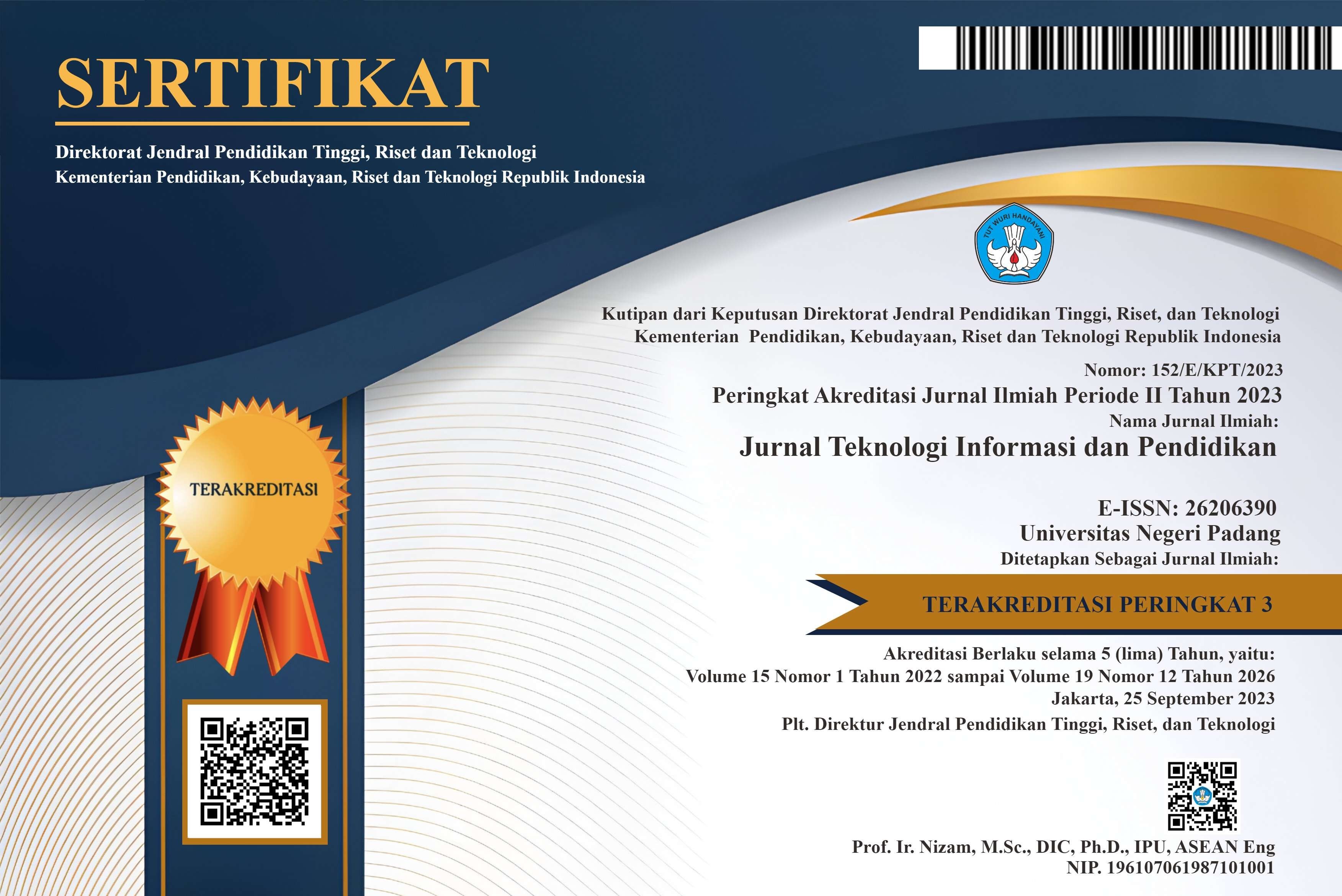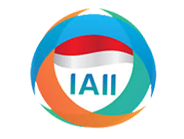The Design of Automatic Summarization of Indonesian Texts Using a Hybrid Approach
DOI:
https://doi.org/10.24036/jtip.v15i1.451Keywords:
Automatic Summarization, Indonesian LanguageAbstract
This study aims to design a model for automatic text summarization in Indonesian. Automatic text summarization is a system that reduces the number of sentences without losing important information in the document. There are three approaches in making automatic text summarization, namely: extractive, abstractive, and hybrid. The extractive approach is to select a core sentence without changing it to a new sentence. The abstractive approach is to construct new sentences that describe the contents of the document. Meanwhile, the hybrid approach designed in this study is a combination of extractive and abstractive approaches. By designing automatic text summarization in Indonesian with a hybrid approach, it is hoped that the results issued by the system will be more like man-made summaries and have higher readability. The design made is specifically for the input of a document. The stages of automatic text summarization are divided into two, namely preprocessing and process. In the Preprocessing stage, sentence separation, tokenization, coreference resolution, stop words removal, feature extraction are carried out. There are two stages of making the summary, namely the extraction stage, to select important sentences and the abstraction stage, to select words and arrange them into summary sentences. Further research can be carried out for input of longer documents and the input is in the form of multi documents















.png)














